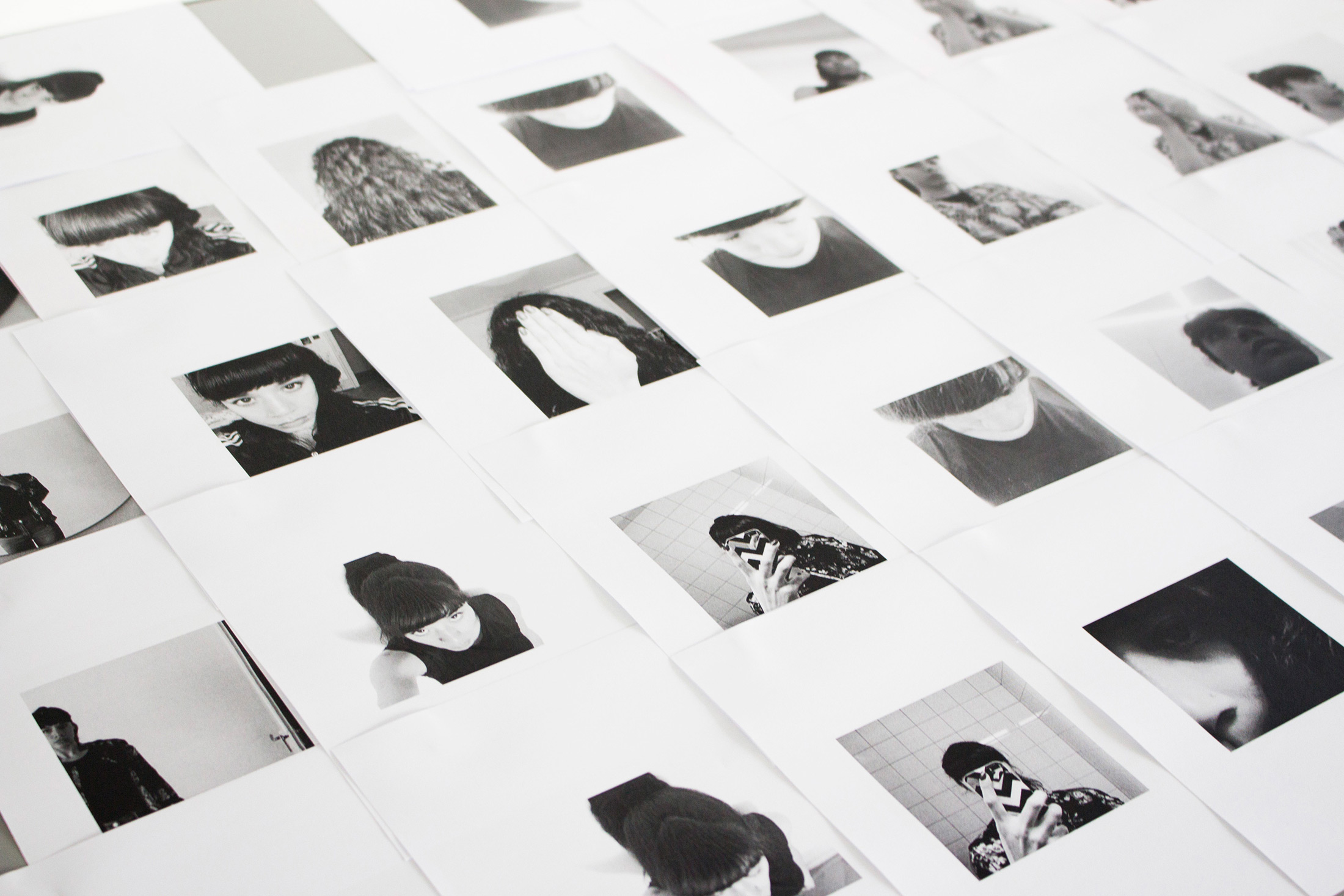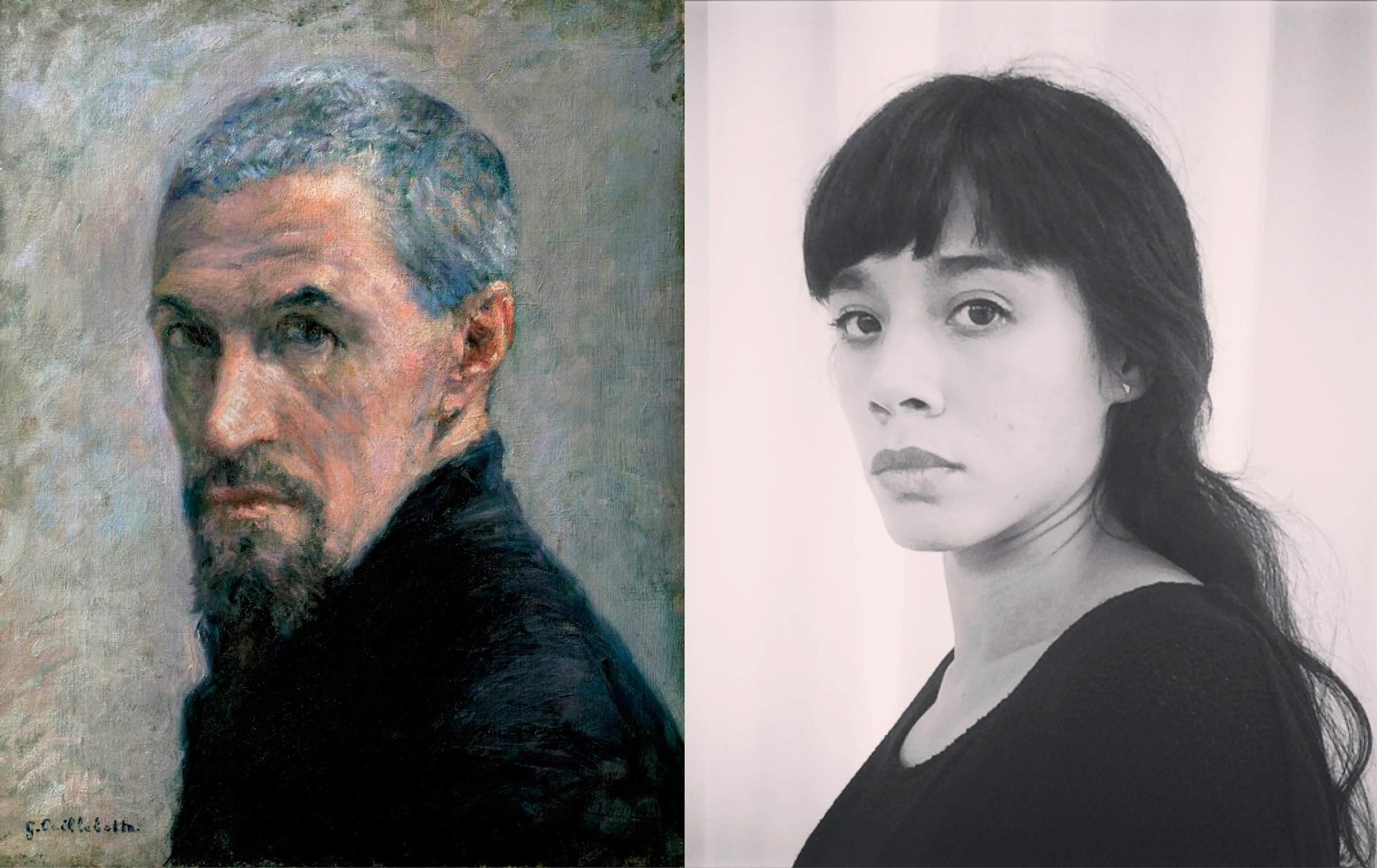Visuelle Kommunikation
Master
Debra Demaria
The Selfie – An Investigation of a New Pictorial Genre and its Aesthetics



If you want to take an active part in the social networks on the Internet, you will have to upload images which represent yourself. Besides photos of the places you have been to in your spare-time, or delicious receipts from food blogs you tried out, you also want to show yourself. The Instagram generation is used to the habit of self-marketing, and this not only of celebrities but of everyone else wanting to express themselves via the channel to the world, the Internet. The easiest way to capture yourself nowadays is, no doubt, a smartphone. A self-portrait taken with a smartphone and uploaded to a social network is called “selfie”. The selfie mainly originated as a result of media developments, in this case especially that of the cell phone that became, besides being a device to call and text, a portable front-and-rear camera with permanent Internet access. The instances you need it for a selfie and the circumstances in which you take a selfie have an aesthetic effect on the final image.
In my practical research, Part I, I focus on the aesthetic value that selfies generate by figuring out the different parameters that define this particular genre of images. To clarify the specificity of these images, they have to be thoroughly analysed. This requires a close analysis of a large amount of selfies. My main source of images are public profiles on Instagram as well as the website selfiecity.net. In addition to this evaluation, I attempt with my own image series to push the selfie to its limits, trying to find out what a selfie is and what it is not. What would it mean when there is no face to see on a selfie but a hand holding the smartphone? Is this still a selfie or do we just assume it is one, simply because we are so used to recognize the pose of a holding hand as a selfie? Does the pose make the selfie? Or would a selfie still remain a selfie if it were a drawing and not a photograph anymore?
On the other hand, one also has to consider that a selfie is not an image that can stand on its own. It is embedded in a larger context, which is also an important part of its ontological mode and provides it with meaning. This context is built by the caption added to the image and the hash tag it comes with, which places the selfie in a certain frame of reference. The caption also supports the facial expression and makes it clearer why the picture has been shot at all. The act of sharing this self-portrait is the crucial part; it is here the selfie becomes visible and serves as a means of communication – essentially something like “hi there, I am here and I am fine!”. In this sense, the selfie could also be understood as a modern postcard with the help of which greetings are sent not only to a single address but to the whole world and which can be “liked” and commented on. This whole context will be discussed in the theoretical part of the thesis and will have to be contemplated in the even larger contexts of social and visual communication as well as media theory and history.
The goal of this thesis is to grasp the selfie as a whole by treating it as a phenomenon of media development, while my practical research and output will focus on its aesthetics. At the end, these two aspects of a selfie should merge and create an accurate definition.
Debra Demaria
debrademaria00@gmail.com
Institut Visuelle Kommunikation, FHNW HGK, Freilager-Platz 1, CH-4023 Basel
+41 61 228 41 11, info.vis_com.hgk@fhnw.ch, www.fhnw.ch/hgk/ivk



